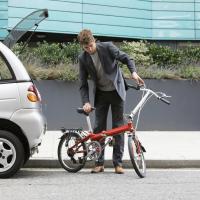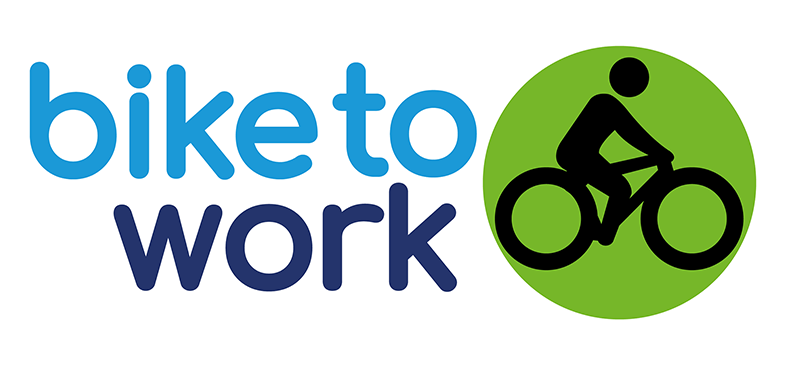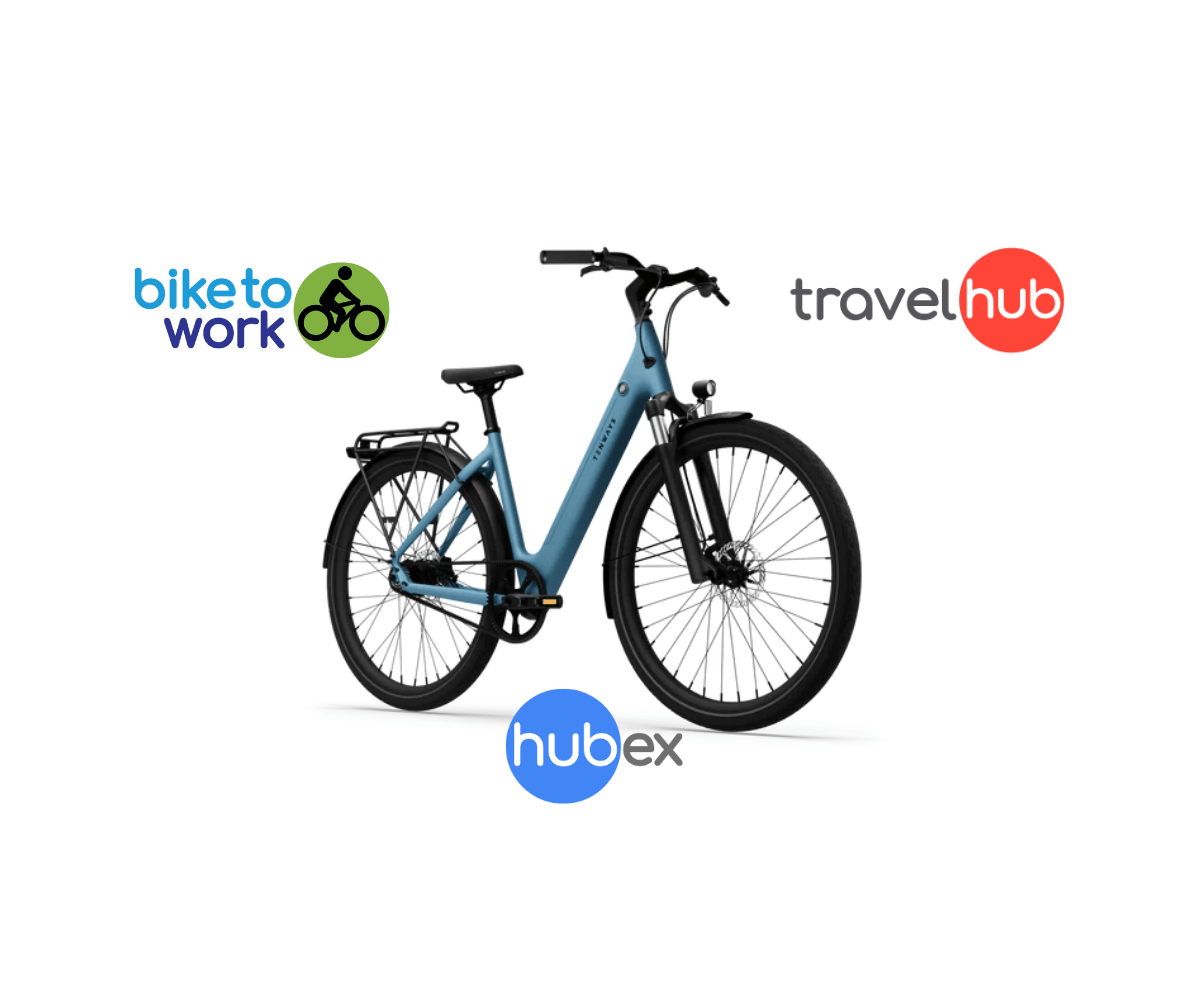
With the cost of living crisis in full swing, more households are starting to evaluate their commute to reduce expenses or lower their carbon footprint. As a result—and with rising fuel prices and increasing urban congestion—the debate over car vs. public transport vs. bike commuting has intensified in recent years. We’ve compiled a brief analysis to highlight key points for each commute type to help prospective commuters make an informed decision.
The True Cost of Car Ownership in Ireland
Being a car owner in Ireland is a significant financial commitment. According to the AA’s annual survey of motoring costs, the average cost of running a family car for one year is €10,691.12. This figure includes motor tax, insurance, depreciation, fuel, maintenance, and parking.
Breakdown of Annual Car Costs:
Fuel: As of April 2025, the average fuel costs are €1.80 for petrol and €1.77 for diesel (AA.ie).
Insurance: As of May 2025, the average premium is €616—a €67 increase (12%) from 2022 (Irish Independent).
Depreciation: A car can lose between 15–35% of its original value in the first year alone. This varies depending on make, model, and fuel type (Carzone.ie).
Maintenance and Repairs: Includes regular servicing, NCT tests, and unexpected repairs.
In addition, city-based drivers face further financial burdens due to traffic congestion. A study revealed that Dublin commuters spend approximately 36 minutes stuck in traffic daily, which amounts to 158 hours per year. This time loss can lead to a potential cost of €6,351 per year based on Ireland’s hourly labour cost of €40.20.
Public Transport: A Cost-Effective Alternative?
Especially in urban areas, public transport offers a more affordable alternative to car ownership. In particular, with Dublin’s new Multi-Modal Ticket Zone system coming into effect on June 1st, 2025, it’s now more cost-effective than ever to commute into the city. With the Taxsaver ticket scheme, commuters can purchase an annual ticket for as low as €9 per week after tax deductions. [Find out more HERE.]
Public Transport Advantages:
Cost Savings: Eliminates personal expenses related to fuel, tolls, insurance, and maintenance.
Predictable Expenses: Fixed fares—especially with Taxsaver tickets—help commuters budget more effectively.
Environmental Impact: Reduces your carbon footprint compared to individual car usage.
It’s important to note that public transport accessibility varies across the country. There is a significant deficit in rural areas, making car ownership a necessity for many. However, advances in electric bicycles—some capable of covering 100 km on a single charge—offer a cheaper, greener alternative.
Health and Economic Benefits of Active Transport
Opting for cycling or walking not only promotes health but also provides economic benefits. A study indicated that cycling instead of driving saves €1.40–€1.52 per km in urban areas across Ireland. An active commute is estimated to save the HSE millions annually due to improved physical and mental health.
"First and last mile" commuting has gained popularity with the rise of quality folding bike brands like Brompton. These can be easily carried on all forms of public transport, making it convenient to cycle to a station, fold and board, and complete the final leg by bike. It’s also possible to avail of both the Taxsaver ticket and the Cycle to Work scheme concurrently.
Conclusion
While car ownership offers flexibility, it comes with substantial financial commitments—especially in urban areas affected by traffic congestion. Public transport emerges as the most cost-effective alternative in cities with robust transit systems. In rural areas, a car remains a flexible solution, either as a standalone option or in combination with “park and go” schemes around the country.
As cycling infrastructure continues to improve nationwide, commuter confidence is rising. This shift not only delivers economic benefits but, more importantly, offers significant health advantages.


